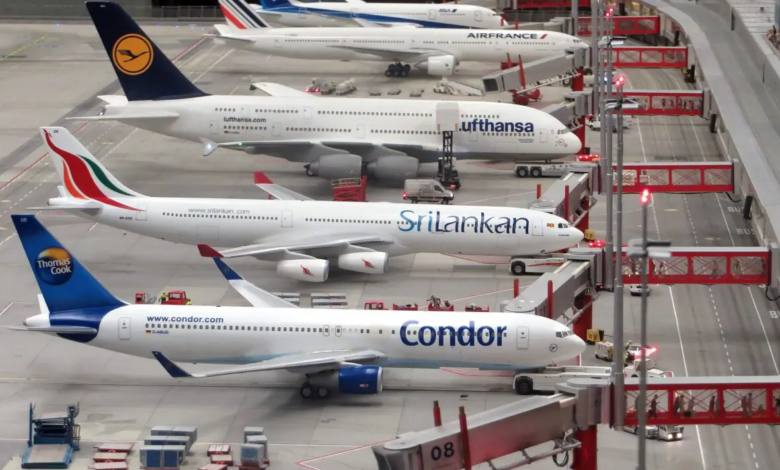Is route 1.5°C for aircraft? Halving emissions by 2035

Science Based Target Initiative releases new route 1.5°C for aircraft
The peak of fossil fuels for aircraft must reach the maximum in 2 years. And the final farewell cannot be later than 2050. Only in this way, by the middle of the century, will aviation manage not to exceed its share of the carbon budget to respect the 1.5 degrees, equal to about 20 Gt CO2e. These are the new parameters set by the Science Based Target Initiative (SBTi), the global body that allows companies to set emission reduction targets in line with science. A route 1.5°C for aircraft replaces the previous one, still aligned with the 2°C.
The poles of the route 1,5°C for aircraft
To build the reference scenario that airlines will have to look at, SBTi has put together some of the most accredited transition scenarios. Specifically, for the period 2023-2031, the Well Below 2°C model of the International Energy Agency, is derived from the Sustainable Development Scenario (SDS) of the IEA itself. For the next twenty years, however, the reference is the Breakthrough scenario prepared by the ICCT.
A mix that serves to maximize greenhouse gas reductions while keeping a plausible trajectory for companies. In detail, in 2030 the route 1.5°C for aircraft predicts -29.5% of emissions, which must then increase to -50.9% by 2035, then -73.2% by 2040 and -97.4% to 2050. Numbers, especially those post 2040, are more ambitious than those hypothesized by the ICCT. Where the 2050 horizon already predicted a shift to 100% sustainable fuels for aviation and hydrogen. It assumed an annual efficiency rate of 2%.
“The Breakthrough scenario incorporates demand projections and technological changes that are sufficient to align the goal of zero carbon emissions in 2050 with limited removal, but which are plausible according to industry trends. For example, the growth of industrial activity in the Breakthrough scenario is consistent with industry-developed air traffic projections,” SBTi stresses.





